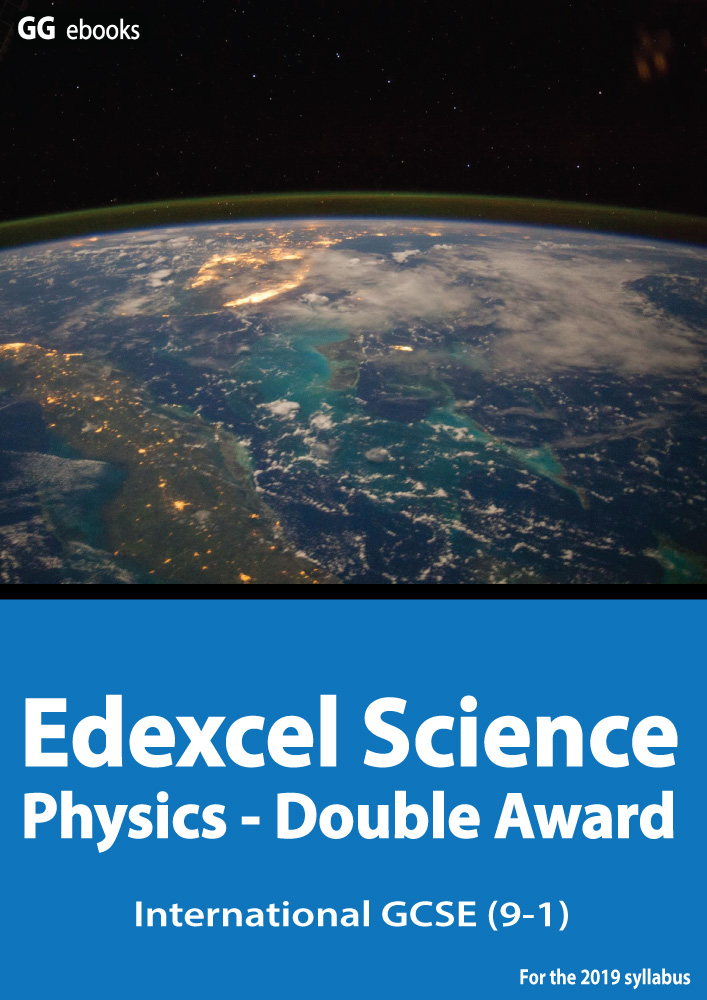Edexcel IGCSE Forces B
Page 1
NEED HELP? |
  |
| Weight, Stopping Distances, Hooke's Law, Vectors | |||||||||||||||
| 1+2. Choose the correct units for the following measurements: | |||||||||||||||
| 1. Mass | |||||||||||||||
| 2. Weight | |||||||||||||||
3. Which of these is NOT a type of force?
|
|||||||||||||||
4. Which of these sentences is correct?
|
|||||||||||||||
| On Mars the strength of gravity is 4 N / kg. |  |
||||||||||||||
5. What is the weight of a 60kg astronaut on Mars?
|
|||||||||||||||
6. What is the mass of a Mars rock of weight 2kN?
|
|||||||||||||||
|
7-11. A long wire is stretched using a large force (a weight). The table shows the length of the wire for different forces.
|
 |
||||||||||||||
7. What is the extension of the wire when the first 100N is applied? |
|||||||||||||||
| 8. What would be the extension if 50 N force were applied? | |||||||||||||||
| 9. Hookes law states that the is proportional to the applied force. | |||||||||||||||
| 10. What force would produce a length of 11.2 m? | |||||||||||||||
11. 'Elastic behaviour' is best described as...
|
|||||||||||||||